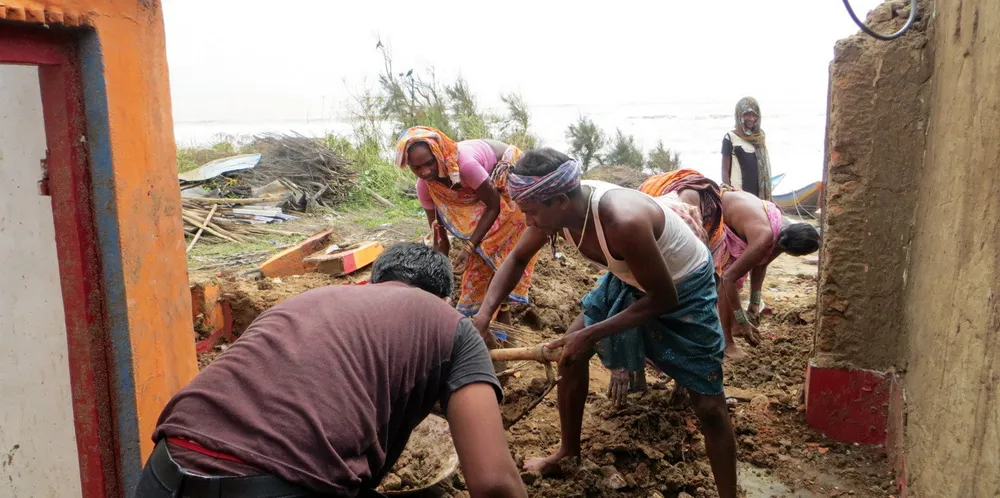Cyclone Yaas wreaks more than $140 million of damage as Indian shrimp farms hit with flooding, hurricane-force winds
It is the second year in a row that the country's summer stocking in the critical farming regions of Odisha and West Bengal has been impacted.
